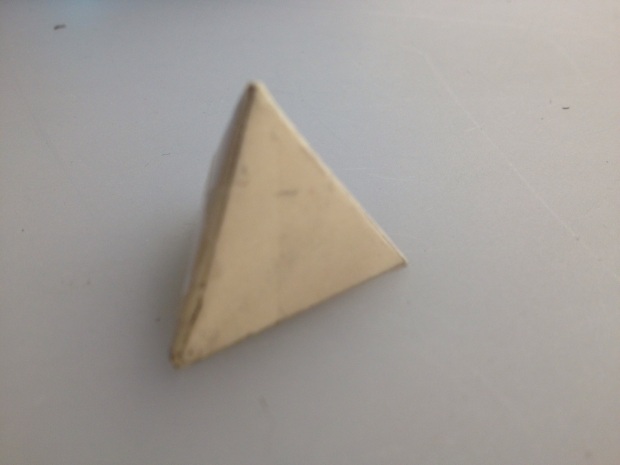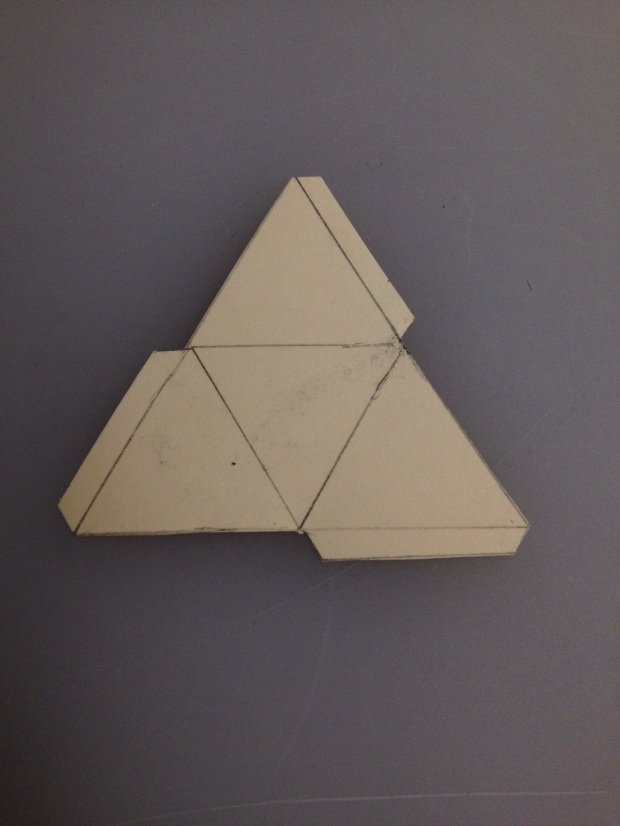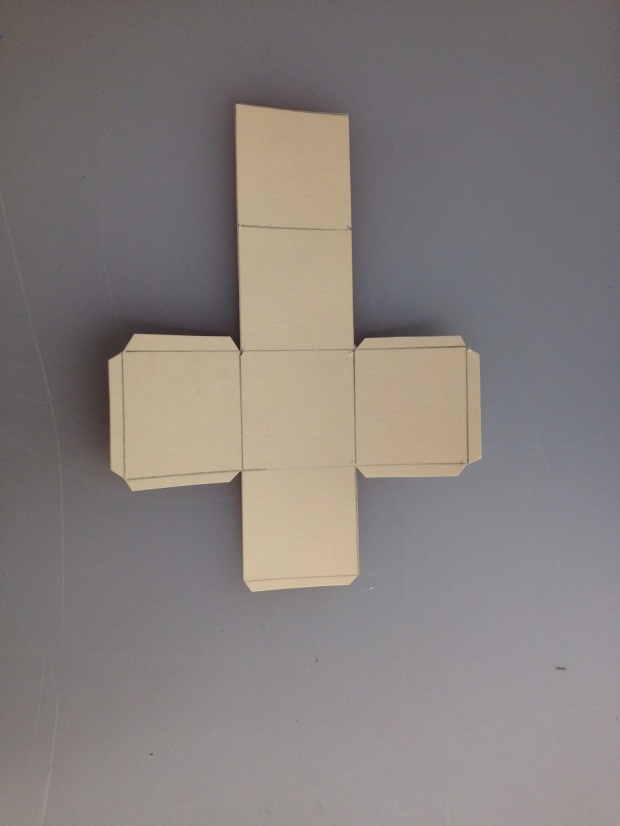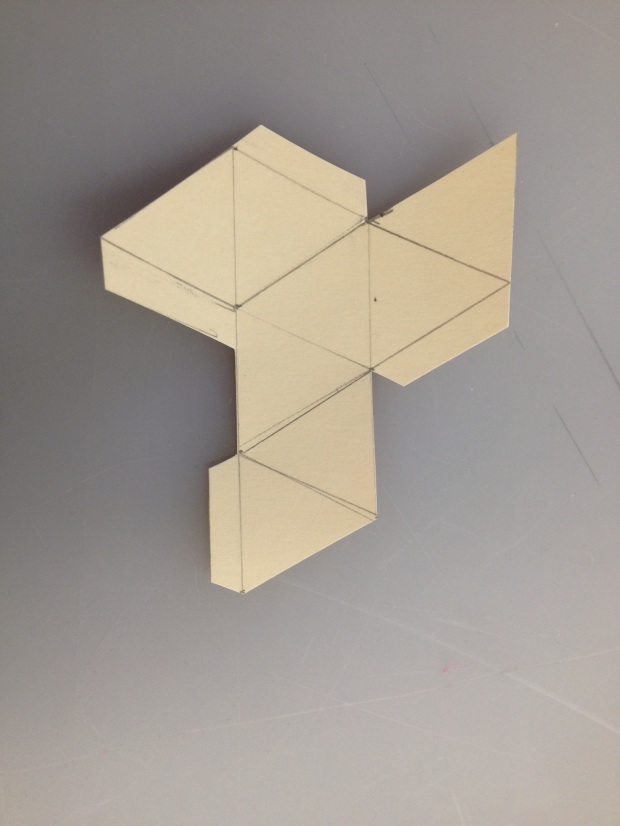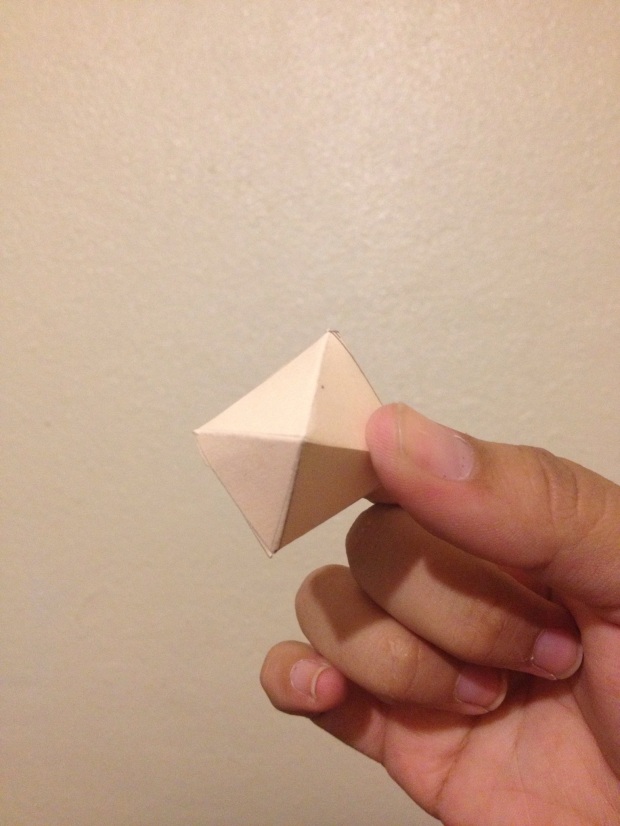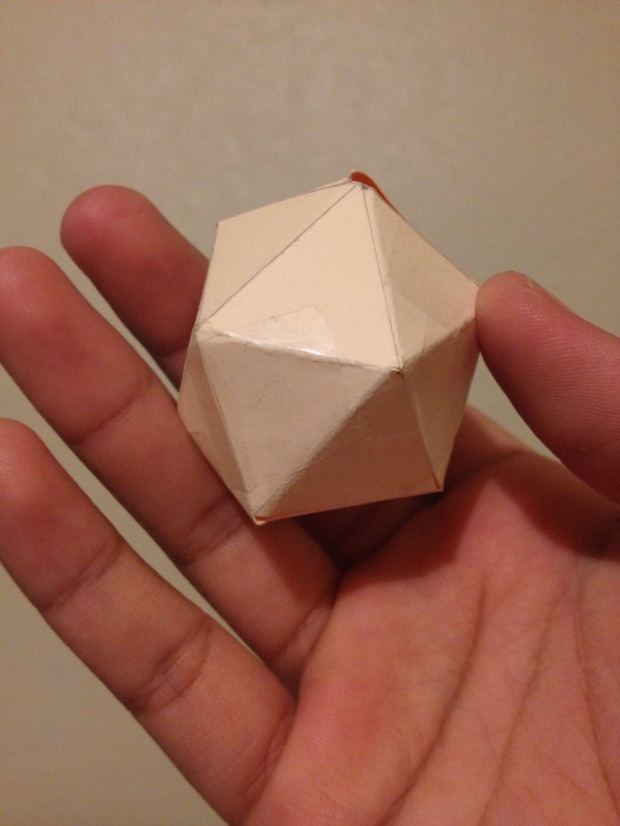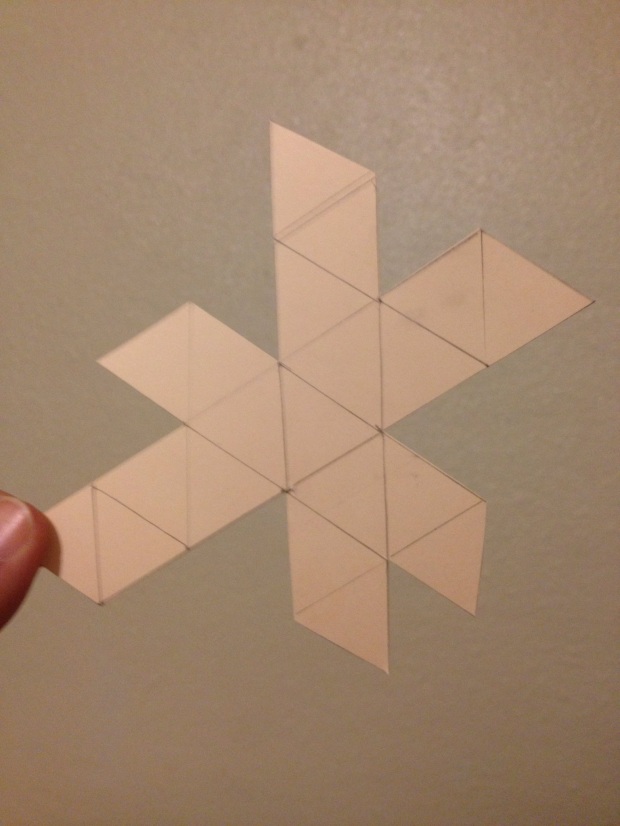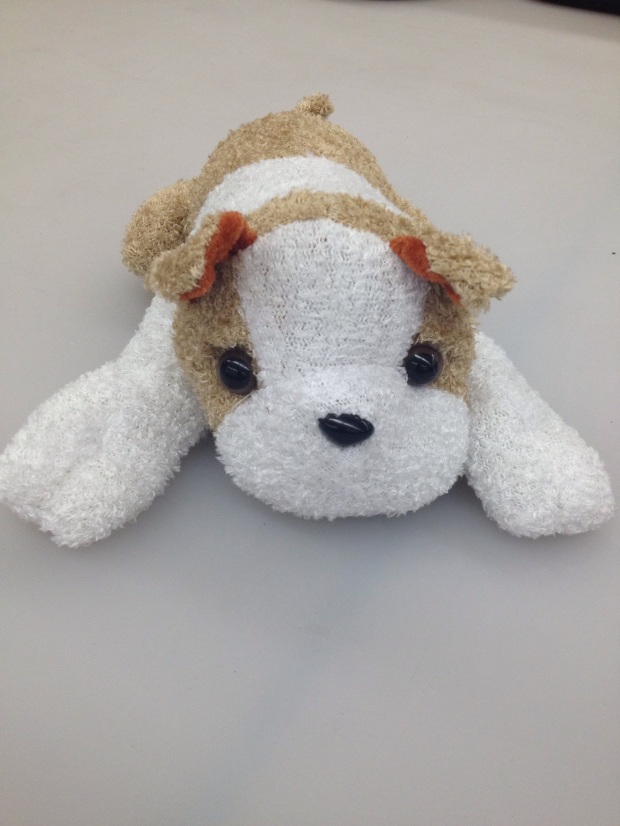Article in focus: Wearing Proverbs by Susan Domowitz
For the Anyi people, wearing Proverbs in their clothing is a form of public speaking. The cloth comes in vibrant, colorful designs. Men wear them as a toga or shirt, but women are the primary consumers of it. The pictures, symbols and patterns are associated with terms, feelings, meanings, they may honor a political movement or person or special event. Sometimes ther patterned cloth can have negative connotations, talking about jealousy within a polygomous marriage, co-wife rivalry, etc. Men are also able to disypher the hidden messages, whether it’s a warning from a wife or girlfriend.
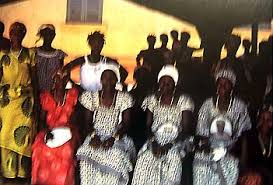 Mourners wearing the factory-produced commemorative cloth of a chief
Mourners wearing the factory-produced commemorative cloth of a chief
“Darling, Don’t Turn Your Back on Me” design.
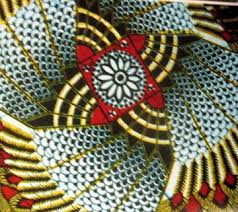 “Condolences to my husband’s Mistriss” A wife wearing this is sending a sarcastic message.
“Condolences to my husband’s Mistriss” A wife wearing this is sending a sarcastic message.
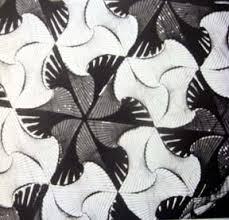
![Shibori-stitch-straight[1]](https://laurenlooksforacareer.files.wordpress.com/2014/10/shibori-stitch-straight1.jpg?w=300&h=238)
